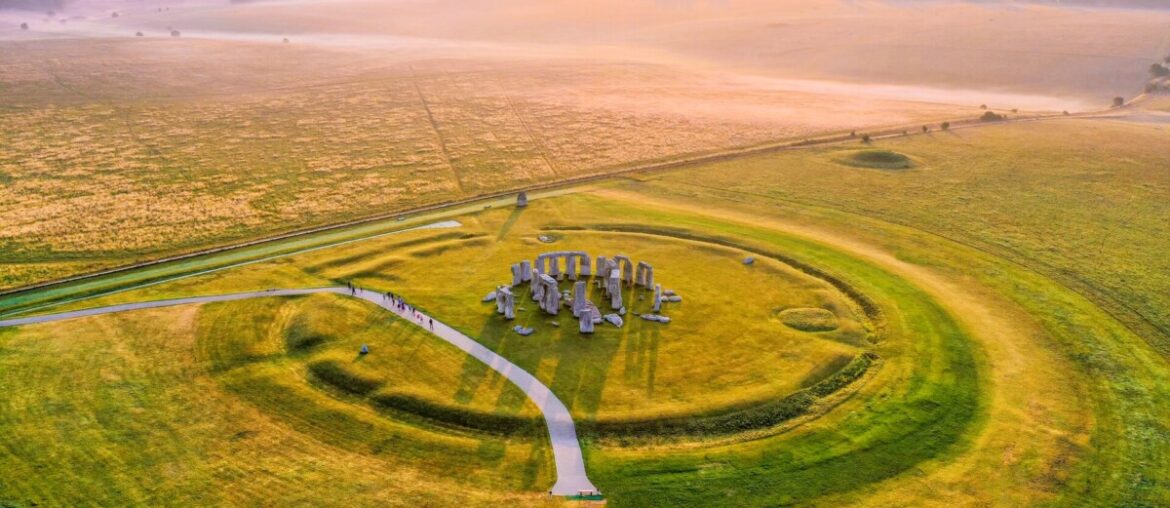Seeing Stonehenge for the first time is a surreal experience, and our Stonehenge tours can only confirm this. As one of the few remaining prehistoric monuments in the world, and for sure the most famous, these stone megaliths represent thousands of years of human history.
They survived the Saxons, the Romans, and the Victorians – all the way through to today’s hyper-digital age. The thought of all the stories they’ve seen and the millions of visitors they’ve received is awe-inspiring. We’re sure there are innumerable secrets wrapped in the mystery of Stonehenge.
However, some visitors leave without really grasping the true significance of this magnificent heritage site. We don’t want that to happen to you! That’s why we put together this fascinating list of Stonehenge’s most significant secrets:
- Who built Stonehenge?
- What’s it for?
- Why is it called Stonehenge?
- Where did it come from?
We answer your questions below!
Who built Stonehenge?
Visitors to the site have wondered about the origin of Stonehenge for many centuries. Suggestions from druids to Merlin the Wizard, as well as to space aliens, have been forwarded by researchers (amateur and otherwise) over the years. Fortunately, modern archaeological techniques have provided us with a more reasoned estimation.
The first activity at the site involved digging the surrounding circular ditch in 3100 BC. This means that it pre-dates the Celtic origin and was first worked by Neolithic peoples. A few hundred years later, the first bluestones were raised by a hitherto unidentified group of builders. Much later, around 2,000 BC, another unknown group added the outer sarsen stone ring.
Who exactly built it, and why, still remains shrouded in mystery.
What’s it for?
The people who built Stonehenge hadn’t yet invented writing, so we may never be sure what its original purpose really was. We do know that the horseshoe shape of the stones mysteriously aligns with the sunrise on both the summer and winter solstices, which suggests a religious significance.
Scientists today believe that Stonehenge was used as a place of religious healing; its mysterious power is thought to have been able to cure the sick and injured. Others have suggested that the site may be a Neolithic ritual landscape used for the worship of ancestors.
Some less likely answers suggest that it may even be a landing site for ancient spacecraft. I think this explanation is the best.
Why is it called Stonehenge?
The first known mention of Stonehenge on paper appears in the archaeological studies of Henry Huntingdon as ‘Stanenges’ in 1130 AD. The name has since evolved over time, being written as Stanhenge, Stonhenge, and Stonehenge throughout history. It’s been suggested that the term Stonehenge is an adaptation of an ancient phrase meaning ‘floating stones’ – perhaps after their remarkable shape.
Where did it come from?
Perhaps the most magical fact about Stonehenge is the origin of the stones themselves. Scientists have been able to pinpoint the origin of the bluestone megaliths to Pembrokeshire in Wales – a full hundred and fifty miles away from the site. Exactly how they arrived, we can only speculate. Still, without the technology we possess today, we can only imagine that it took a lot of ingenuity, imagination, and hard work.
If it’s finally time for you to see this magnificent site for yourself, head over to the Evan Evans website and check out our fantastic Stonehenge tours departing from London.






